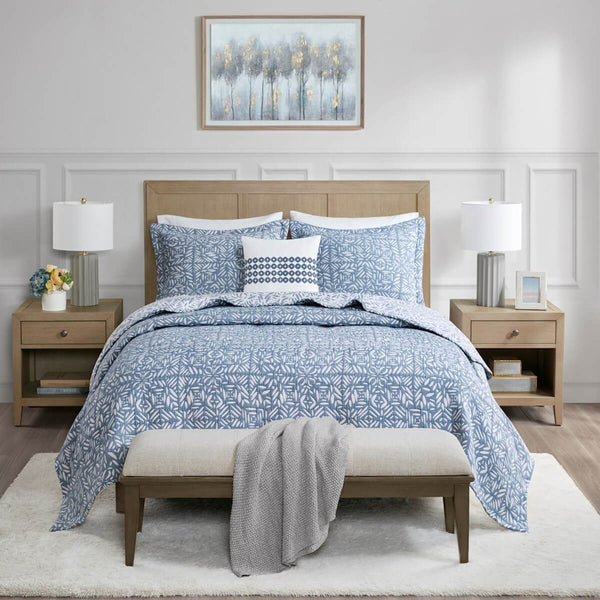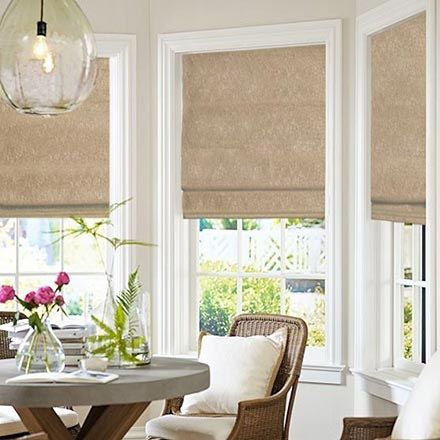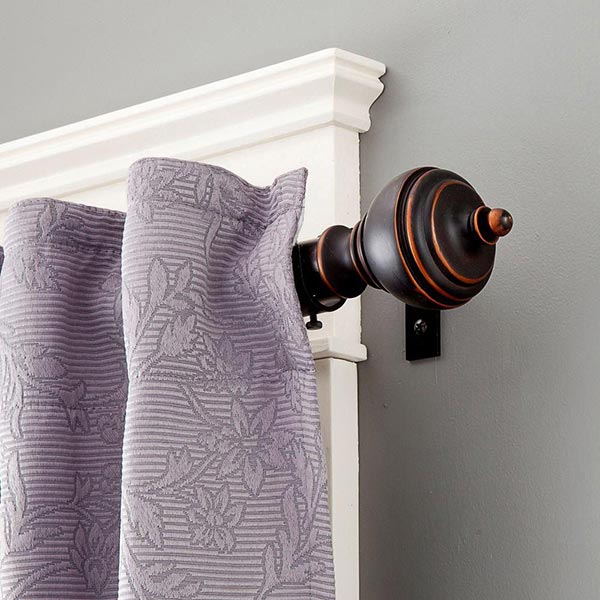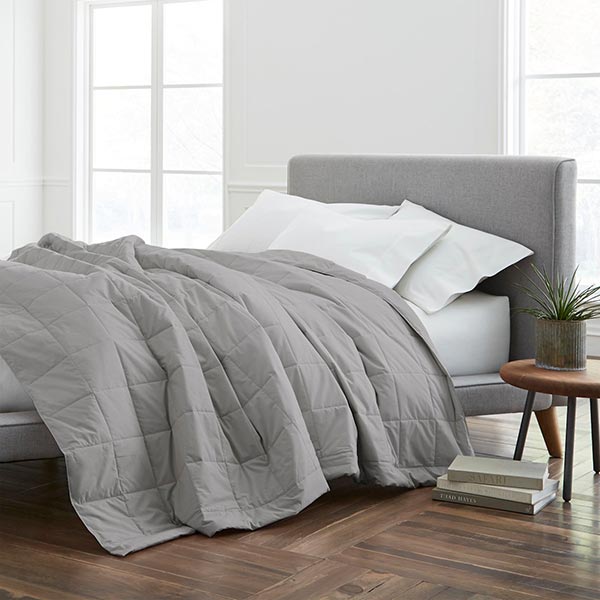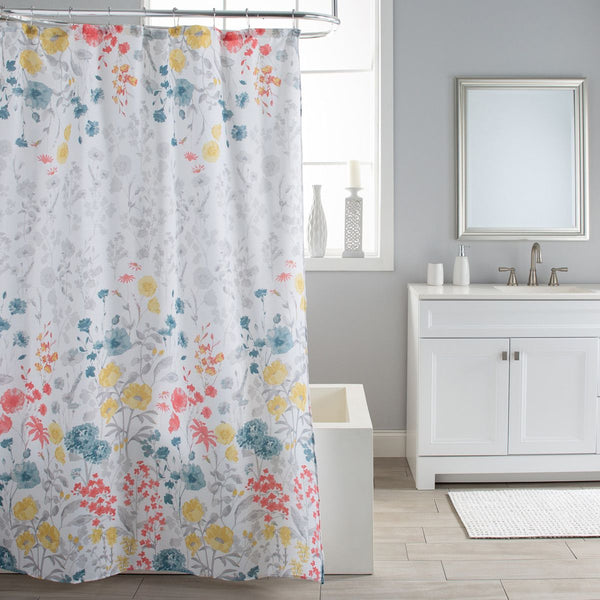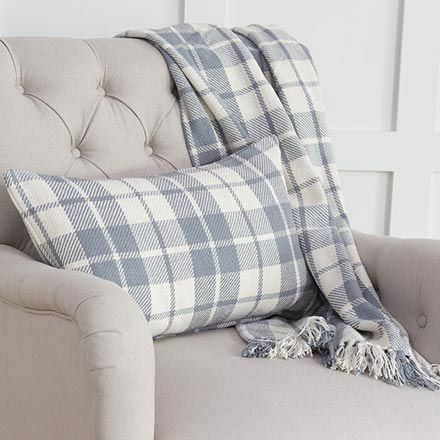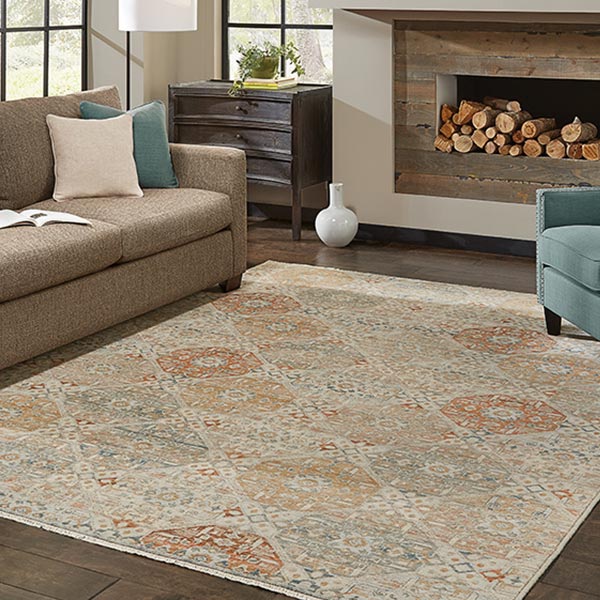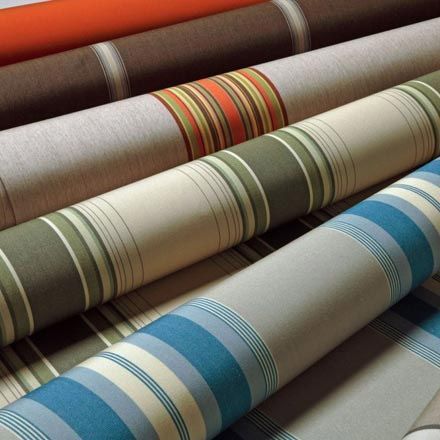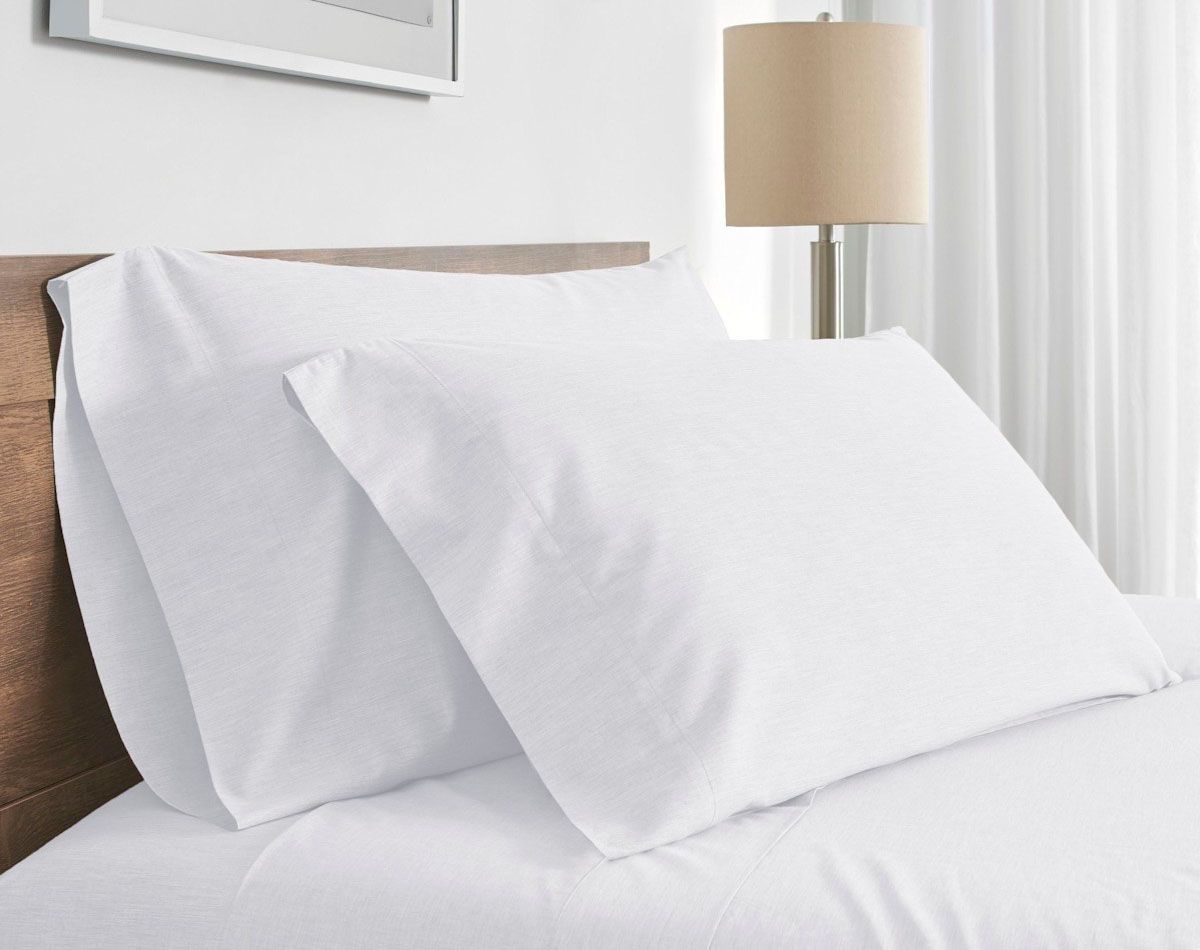
Thread Count: How Important Is It?
Today, bedding options are endless. Whether a traditional brick and mortar operation or online store, they will likely have a wide variety of sheets in different materials, weaves, and quality levels. When it comes to buying sheets, thread count is often overvalued, but what does it actually mean and is it really the most important characteristic to look at? Thread count is determined by the number of threads per square inch of fabric, including both the horizontal and the vertical threads. Generally, a thread count between 200 and 800 is good, and the higher the number the softer the sheets will be. There is a lot more to a sheet than its thread count though, both in terms of quality and the feeling of the fabric.
When comparing the quality of woven cotton sheets, there are a few factors to consider. The thread count, the quality of the cotton, and the ply of the yarn are all important factors that together determine the quality. Cotton fibers come in varying lengths, and the longer the fibers, the stronger and softer the fabric will be. Supima and Egyptian are a few examples of high quality, long fiber cotton. This doesn’t mean that there aren’t nice sheets made of shorter cotton fibers, but as a general rule, the sheet types mentioned above are a mark of quality. Ply is the number of yarns in each thread. Single-ply means that one strand of yarn composes each thread, whereas two-ply, or higher, means that two or more strands of yarn are twisted together to create each thread. Single-ply sheets are highest in quality because they are generally made out of material that is strong enough to stand on its own. In some cases, the thread count can be inflated by using multi-ply thread, and counting each yarn in the thread count. This leads to sheets that are heavier and lower in quality. This is why it is important to look beyond just the thread count. Ply, as well as the quality of the cotton, also impact the feel, weight, and warmth of sheets. Weave is another key ingredient to what makes up the quality of a sheet. Warp and weft are the two basic components used in weaving to turn thread or yarn into fabric. The lengthwise or longitudinal warp yarns are held stationary in tension on a frame or loom while the transverse or weft is drawn through and inserted over-and-under the warp. There are many different methods to weave sheeting cloth. Single needle with longer length cotton are usually of the highest quality. Sateen is also another method of weave where warp yarns are floated over weft yarns, typically four over and one under. In a weft-faced satin or sateen, the weft yarns are floated over the warp yarns. Standard, plain weaves use a one-over, one-under structure. Sateen or Satin sheets have more sheen and typically are soft to the touch but are more susceptible to wear than other weaves. Thread count and ply are important if you are shopping for woven cotton sheets, but what if you prefer a different material entirely? Woven cotton may be the most popular sheet material, but there are many other options. Below are a list of the most common materials available: Woven cotton sheets are made of cotton threads that are woven together. Generally, cotton sheets are breathable and soft, but the feel varies depending on the factors discussed above. Jersey fabric is also made out of cotton, but it is knit, creating a t-shirt like material. Jersey sheets are warm during the colder months and light and breathable during the warmer months. Flannel sheets are also knit, but they have a soft, brushed surface and are generally composed of a blend of cotton fibers. Flannel sheets are very warm and are best suited for the colder months. Linen is made from flax fibers, and is known for its durability. Like cotton, linen softens over time and is measured with thread count. Linen sheets are best for the warmer months because of their breath-ability and cool feel. Polyester is a man-made fabric unlike cotton or linen, which are natural. Polyester doesn’t breathe as well as natural materials, but it often has a soft, brushed feel, is easy to wash, and is durable. Polyester is made into sheets on its own or in blends, so the feel and quality depend on the specific blend. Everybody has their own preferences, so what matters most is that you love your bedding. We hope this will help you understand the options when it comes to shopping for sheets, so you can choose the best ones for your sleeping style. As always, we are here to help, so contact us with further questions.
